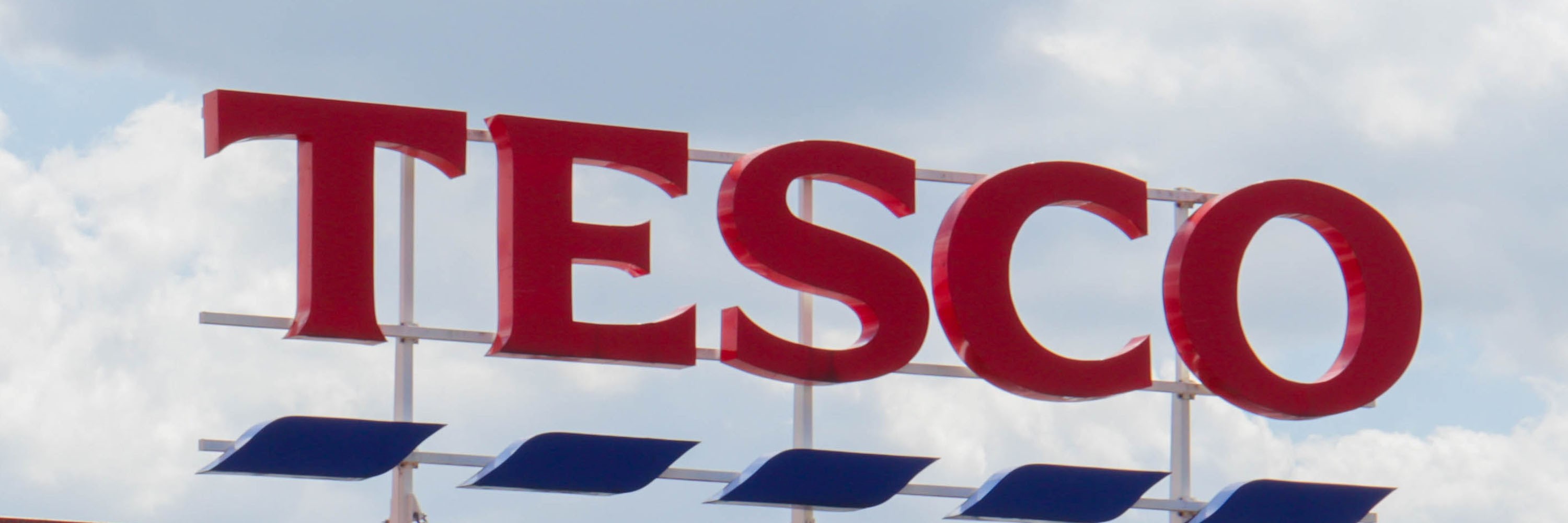
Tesco posts impressive results
Tesco’s forecast for full-year earnings are impressive. Nonetheless there are considerable headwinds ahead, but the company benefits from a robust supply chain.
Britain’s biggest retailer raised its full-year earnings forecast on Wednesday October 6th after the unmatched scale of its store and online operations helped it outperform rivals in the first half and beat expectations with a 16.6% jump in profit.
British retailers are battling supply chain disruptions and labour shortages. Supermarkets also face tough comparisons against record sales during COVID-19 lockdowns. Tesco, however, increased sales in the period, Reuters writes.
“We've had a strong six months; sales and profit have grown ahead of expectations, and we've outperformed the market,” CEO Ken Murphy says.
“With various different challenges currently affecting the industry, the resilience of our supply chain and the depth of our supplier partnerships has once again been shown to be a key asset.”
Tesco says the strong performance has enabled it to cut net debt by 1.7 billion pounds ($2.3 billion) since February, and it could now afford to start a multi-year share buyback, with the first 500 million pounds to be bought by October 2022. It also paid an interim dividend of 3.2 pence, in line with a year ago.
Tesco shares were up 4.4% at 1015 GMT, taking 2021 gains to 14.3%.
Murphy denied the buyback was a tactic to ward off potential private equity bidders.
“This isn't defensive by any means, this is completely, as far as we're concerned, part of business as usual,” he argues.
Despite widespread talk of food and labour shortages impacting trading in the grocery sector, Tesco saw it’s like-for-like sales in the UK climb 1.2% over the 26 weeks to 28 August. This followed a 0.5% rise in the first quarter, accelerating to 2% in the second as comparatives softened due to the easing of Covid restrictions in the summer last year.
Tesco stated that as industry supply chains came under pressure, it was able to leverage its supplier relationships and distribution capability to maintain good levels of product availability, contributing to its market outperformance.
Supermarkets versus discounts
The group pointed to its success in improving its “value perception” to combat the discounters. Tesco rolled out its ‘Low Everyday Prices’ offer to around 1,600 core products in April, extended the Clubcard Prices promotion to its Express stores in May, and added 100 more own-label products to its Aldi Price Match scheme, taking the total to around 650.
Tesco revealed that promotional participation was held at 23% across the half-year period as it prioritized those offers “which are most meaningful to customers”.
Slow growth online
Its online business in the UK continued to grow (+2.3%), whilst sales in its convenience stores fell 5% against strong performance in neighborhood locations last year and sites in commuter areas losing trade due to the work from home trend.
Overseas also pretty good
In Ireland, Tesco’s like-for-like sales slipped 2.6% after declining by 6.1% in the first quarter due to the impact of stockpiling in the prior year. However, in the second quarter, like-for-like sales in the country grew by 1.2%, boosted by seasonal events.
Meanwhile, strong performance in Slovakia and Hungary helped Tesco’s Central Europe unit deliver a 1.4% rise in like-for-like sales.
Overall group sales rose 2.6% to £27.3bn with adjusted operating profit for its retail operations climbing a better-than-than expected 16.3% to £1.39bn.
Tesco is now forecasting a full-year retail operating profit of £2.5-2.6bn.
Analyst Sophie Lund-Yates, from investment platform Hargreaves Lansdown, commented:
“Tesco’s enormous scale means it is weathering the supply chain crisis better than others. It is times like these when being the biggest fish in the pond really counts. The size of Tesco’s distribution network also can’t be overstated, which again gives the group the flexibility to deliver the goods at scale.”
Meanwhile, Julie Palmer, partner at Begbies Traynor, said likely price rises, along with the HGV driver shortage, pointed to the future looking “more uncertain” for Tesco.
“The supermarket has already warned the UK government that the shortage of lorry drivers could cause severe disruption to deliveries, causing panic buying in the run-up to Christmas. While this may push up sales temporarily, it also means chaos when stock runs out and rising costs for the supermarket which it may struggle to pass on to its customers in a competitive market. Add supply chain disruption, an energy crisis, wage inflation and a lack of workers to the basket, Tesco has considerable headwinds in the final quarter of the year.”
Sources: Tesco Ltd., Namnews, Reuters.